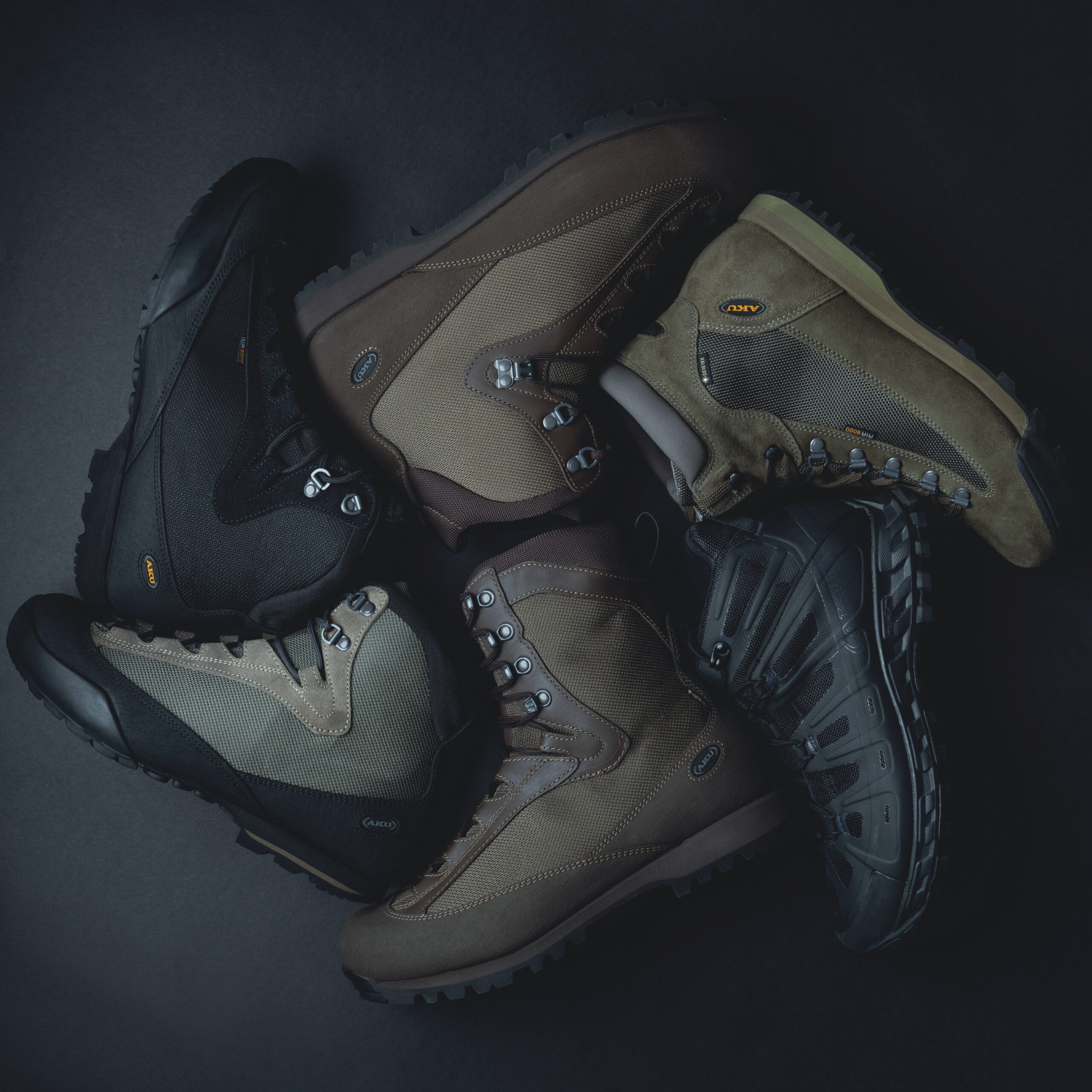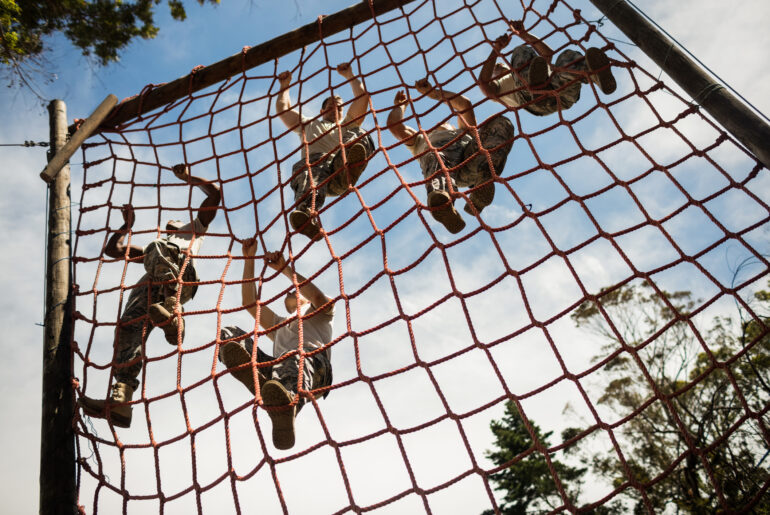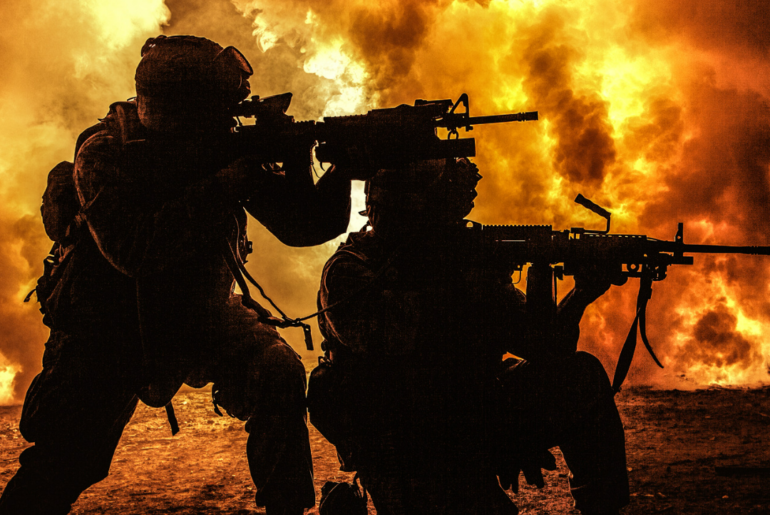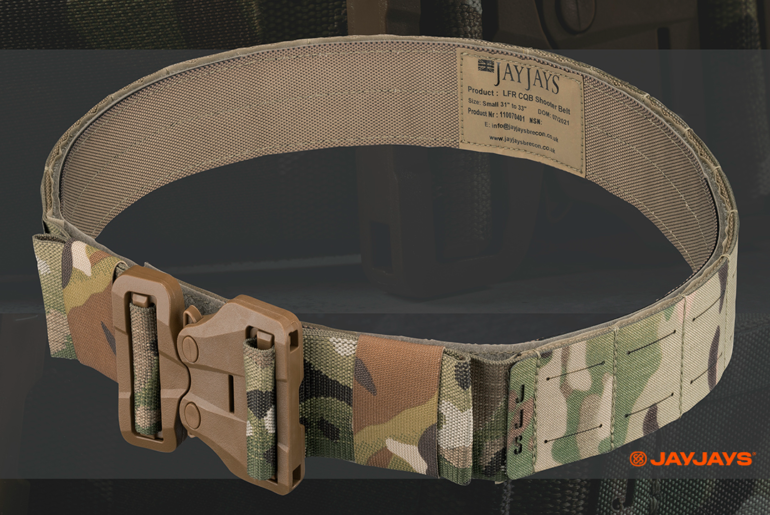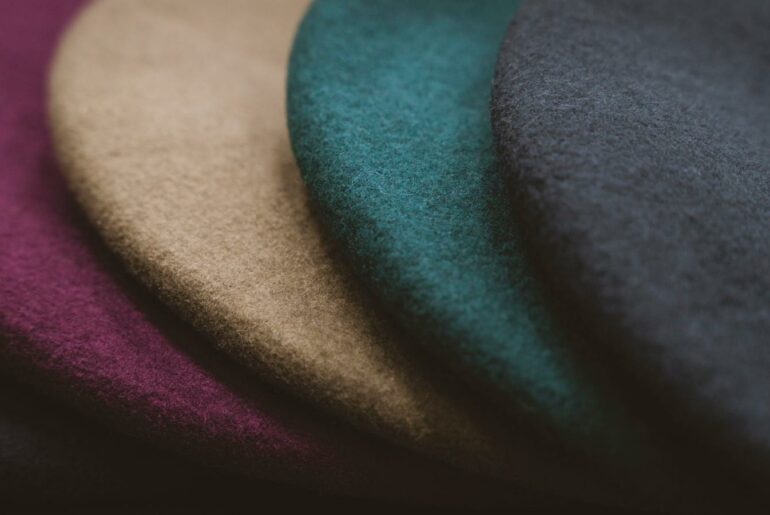Tactical boots are specially designed for intense activity and/or harsher environments, often sporting an array of features that are not necessary to the design of average boots or shoes. Usually made from tough, durable material such as leather, nubuck or suede. Extensively waterproofed with protective elements such as steel toecaps, thick rubber soles and reinforced collars with a supportive midsole. Often very breathable, with better models maintaining a light, airy feel even through all the…
This information is specifically from Army Training Centre Pirbright Headquarters (source link at the bottom) 1. General. Your initial weeks at ATC(P) will be busy – there is a lot of administration required and you need to arrive well-prepared. You will be issued with all of your military clothing and equipment on arrival; however there are a number of things that you need to bring with you. The lists below not only tell you what…
Fear (noun): “an unpleasant emotion or thought that you have when you are frightened or worried by something dangerous, painful, or bad that is happening or might happen.” fear: definition What happens when we are scared? The fight-or-flight response begins in the amygdala. The amygdala signals the hypothalamus, which then activates the pituitary gland. The pituitary gland is where the nervous system meets the endocrine, or hormone, system. Other things that happen: The sympathetic nervous…
Battle Belts originated from Multi-Gun shooting competitions. They were originally designed to only carry ammo. They enable very quick mag changes and handgun draws, they come in 2 parts; an inner and an outer belt to allow easy release and dressing. It was adopted for use mainly by special forces units for its lightweight, low profile and minimalist set-up. They are used predominately for room clearance and urban ops. What to look for in a…
There are many different styles of military caps, from everyday wear to ceremonial dress which differ from country to country. These includes: THE PEAKED CAP The peaked cap was first used in the late 18th century across Northern Europe. Initially worn by the working class but later on, it was picked by army personnel of the Russian and Prussian military. A peaked cap is spotted by its characteristic feature i.e. its peak. It consists of a…

